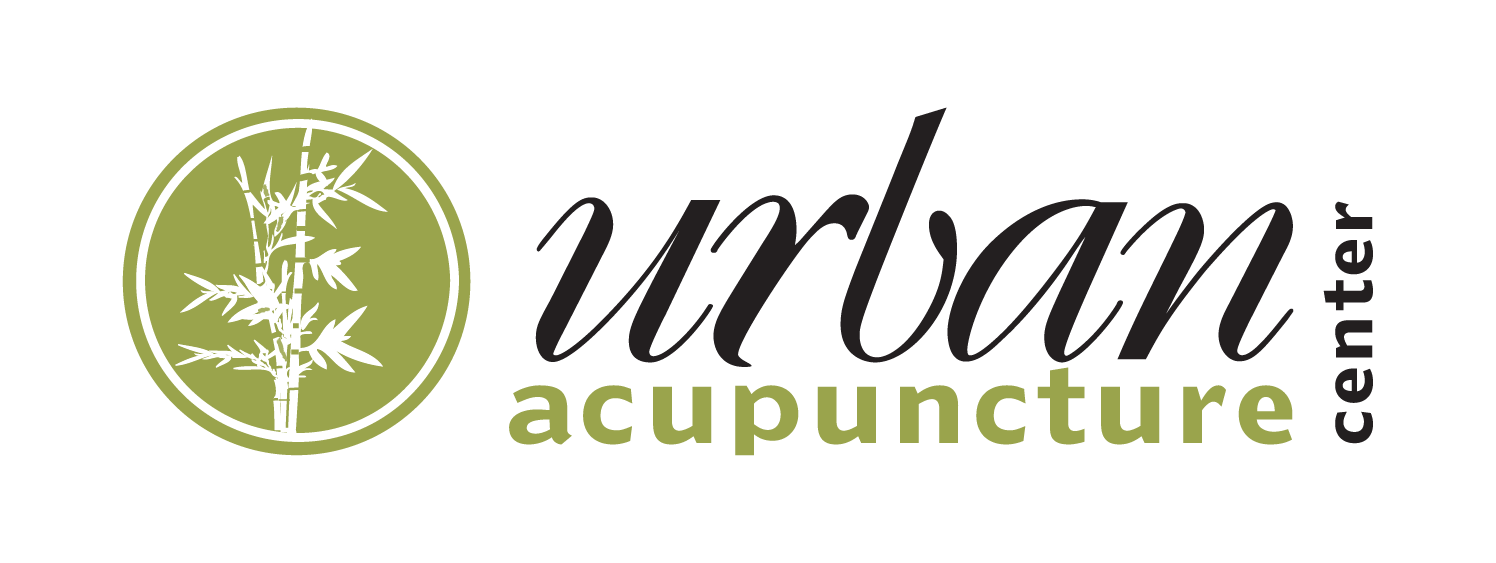Myofascial Release Massage
 Myofascial Release, sometimes referred to as MFR for short, is massage technique that involves applying firm, steady pressure to areas of damaged fascia in order to break up adhesions and soften scar tissue. The goal of Myofascial Release Massage is to target areas of pain, discomfort, and soreness by reestablishing proper blood flow and nerve firing that have been blocked by damaged fascia. Although MFR is a type of massage, Swedish massage and other traditional massage techniques utilize repeating patterns of light pressure and “kneading” targeted at large muscle groups, while MFR involves focused pressure at the fascia by a thumb, hand, or elbow.
Myofascial Release, sometimes referred to as MFR for short, is massage technique that involves applying firm, steady pressure to areas of damaged fascia in order to break up adhesions and soften scar tissue. The goal of Myofascial Release Massage is to target areas of pain, discomfort, and soreness by reestablishing proper blood flow and nerve firing that have been blocked by damaged fascia. Although MFR is a type of massage, Swedish massage and other traditional massage techniques utilize repeating patterns of light pressure and “kneading” targeted at large muscle groups, while MFR involves focused pressure at the fascia by a thumb, hand, or elbow.
What is “Fascia”?
In order to understand what Myofascial Release Massage is, as well as the benefits of this technique, it’s important to have a basic understanding of what MFR is targeting: the fascia. The fascia is a complex, three-dimensional matrix woven throughout the body. It surrounds nearly every part of the human body, including our organs, muscles, nerves, and blood vessels, holding them in place and connecting them together. It is extremely strong, yet flexible and fluid, and highly adaptable.
When we are injured, our tissues are damaged, or our body experiences stress such as dehydration or inflammation, the body attempts to support and protect the surrounding tissues by contracting the nearby muscles. This extended contraction causes a build-up of toxins, restricts blood flow to the area, and causes the fascia to harden and tighten. And because the fascia is an interconnected web running throughout the body, tight and stiff fascia in one area of the body can cause ripples and bunching in the normally smooth, fluid fascia in other areas of the body.
Thus, the goal of Myofascial Release Massage is to identify areas where the fascia has become hard or blocked and, as the name implies, release that blockage. Once the fascia has been returned to its naturally fluid, flexible state, normal blood flow is restored, toxins are released, and the cycle of pain signals triggered by the original injury is interrupted. The ripples and bunches that the original block, or knot, created are smoothed out, reducing pain that the bunching created in other areas of the body.
What Does a Myofascial Release Massage Feel Like?
Myofascial Release Massage targets areas of blocked fascia through the use of gentle but sustained pressure. Once the massage therapist has located a “knot” or area of tight, stiff fascia, he or she will use his hand, thumb, or even elbow to apply gentle but sustained pressure on that knot until it is released. It may require applying pressure several times, moving to different sides of the knot until it has been totally released. In some cases, the pressure may be alternated with more traditional massage techniques targeting the nearby muscle groups to relieve muscle contractions as well.
Does it hurt? That’s a pretty common question! Myofascial Release Massage is a therapeutic technique focused on healing damaged tissues. It is not a massage technique designed to promote relaxation. The pressure required to unblock tight fascia should not be painful; however, it can be intense and sometimes uncomfortable, especially if the damage is extensive. Many patients do experience some level of muscular soreness for a day or two after a treatment; it’s very important to stay hydrated before and after the Massage to help combat this soreness.
For more information about how acupuncture, massage therapy and other treatments can help you, please contact the Urban Acupuncture Center Board Certified Licensed Acupuncturist’s team at Indianola Ave, Clintonville (614) 725-2488 | Main St, Westerville (614) 426-4406 or click here. Taking new patients in and around greater Columbus, Ohio.
